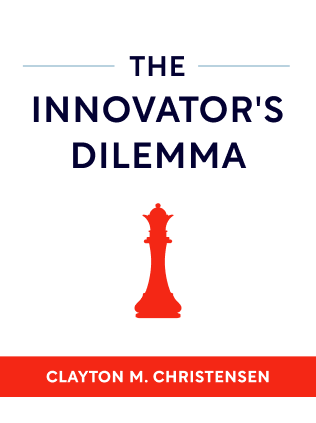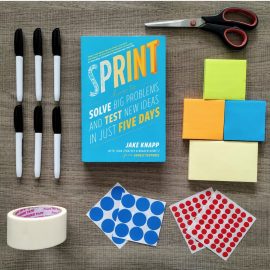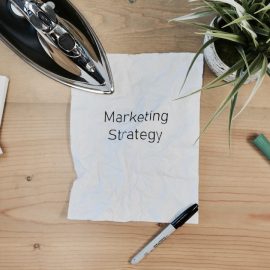

This article is an excerpt from the Shortform summary of "The Innovator's Dilemma" by Clayton M. Christensen. Shortform has the world's best summaries of books you should be reading.
Like this article? Sign up for a free trial here .
What are technology disruptors? What scenarios create the best environment for tech disruptors?
A technology disruptor is a new product that changes up the market. Instead of building on something existing by moving to the next phase of the product life cycle, technology disruptors create a new market that competes on all phases of the product life cycle.
Read more about technology disruptors and how they work in the context of product life cycles.
Technology Disruptors Are Just Good Enough
As we’ve mentioned, technology often advances more rapidly than customers’ demand for bigger, better, faster products. When companies aren’t in tune with their customers’ needs, they continually update their products with new features and performance improvements—and the prices reflect the upgrades. This gap between technology performance and customer demand is called performance oversupply. Customers don’t always want the very best; they just want good enough to get the job done.
The problem for established companies is that performance oversupply creates an opening for disruptive technology to forge a place in the market. Tech disruptors that meet customers’ needs and offer lower prices, convenience, and more simplicity can edge existing products—and established firms—out of the market.
Product Life Cycles for Existing Products
Technology oversupply triggers products to enter the next phase in their life cycles. Each phase is characterized by the primary reason customers choose one product over another. The phases include:
- Functionality: Which product does the job best?
- Reliability: Which product does the job most consistently?
- Convenience: Which product is easiest to buy and use?
- Price: Which product is the most affordable?
Once products satisfy the needs of the current life cycle phase, the product evolves to the next phase.
For example, the 3.5-inch disk drive followed close to this model. By the time the drive’s capacity had increased enough to meet the needs of the desktop computer market, the 5.25-inch drives offered almost three times the capacity customers needed. When 3.5-inch drives became good enough, desktop makers suddenly had a choice between the two drives.
Until that point, capacity—in other words, functionality—had been the main priority. But once both drives met desktop makers’ capacity needs, the 3.5-inch drives’ smaller size attracted the computer makers, because it allowed them to make smaller computers. Within four years of hitting the market, the technology disruptors (3.5-inch drives) captured 60 percent of drive sales.
After 3.5-inch drives had gotten as small as desktop makers needed them to be, the focus shifted to the drives’ reliability, and finally to price. At this point, the 3.5-inch drives became a commodity, meaning the product had gone through all four phases of its life cycle.
Product Life Cycle Phases for Technology Disruptors
Although uncertainties are inherent in developing technology disruptors, companies can make more informed decisions by understanding product life cycles and how they’re impacted by disruptive innovations.
In addition to performance oversupply, there are two aspects of tech disruptors that impact product life cycles:
1) The features that make the disruptive innovation unattractive in the existing market are precisely what make it attractive in the emerging market. For example, the Hydrohoe excavator’s small bucket capacity was unappealing to traditional excavation contractors, but it was perfect for a new market of homebuilders who needed to dig narrow trenches.
Established companies often fail because they frame disruptive innovations as technological challenges, because they get stuck on the product’s functionality. Established companies tend to think that they must improve the new technology until it meets the existing market’s needs.
By contrast, entrant companies succeed because they look beyond functionality alone, understanding that other attributes in the product life cycle attract customers, as well. Startups frame disruptive technologies as a marketing challenge—they simply have to find the right market to fit the product.
2) Technology disruptors are typically more reliable, convenient, simple, and affordable than existing products—falling into later stages of the product life cycle—because established companies often fall into the trap of continually improving products to target higher-tier markets. For example, HP’s disruptive effort failed with the 1.3-inch Kittyhawk drive because the company tricked it out with features and functionality to fit PDAs, but it wasn’t simple or affordable enough to meet the needs of the video-game market that emerged.

———End of Preview———
Like what you just read? Read the rest of the world's best summary of Clayton M. Christensen's "The Innovator's Dilemma" at Shortform .
Here's what you'll find in our full The Innovator's Dilemma summary :
- Christensen's famous theory of disruptive innovation
- Why incumbent companies often ignore the disruptive threat, then move too slowly once the threat becomes obvious
- How you can disrupt entire industries yourself






